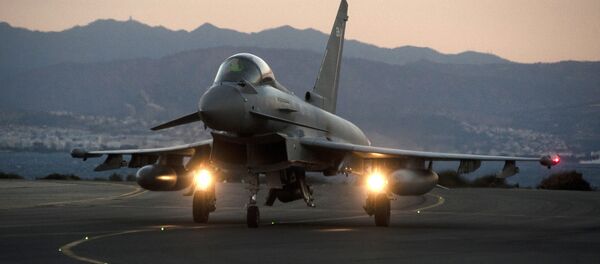The response to a freedom of information (FOI) request by the Huffington Post UK has revealed that no recorded casualty has been attributed to the Brimstone missile since the start of the strikes in December.
In the FOI answer, the UK Ministry of Defense said that only seven people have been hit by British strikes so far— it is unknown whether they were killed or just wounded.
Five of the casualties resulted from US-made Hellfire missiles, while the remaining two were brought about by Paveway IV bombs.
Brimstone missiles— £100,000-each — resort to radar and laser technology to hit targets precisely. They had previously been extolled by cabinet figures, including Prime Minister David Cameron, who said that they would "cut off the head of the [Daesh] snake".
More planes, more ships, more people. The Strategic Defence & Security Review is about Britain's national security. pic.twitter.com/efDZe5Dl70
— David Cameron (@David_Cameron) November 23, 2015
The government actually built part of its case for British intervention on the Brimstone missiles.
Brimstone used to take out a truck! How much money have we spent on military in Syria and for what gain? #bbcdp https://t.co/MmpXb7GRzN
— Jim AK (@jamesak47) January 15, 2016
Since only the UK and Saudi Arabia have access to these particular missiles, the cabinet’s narrative went, the RAF's intervention could actually make a difference.
Tory minister David Jones described Brimstones as "unique", while the PM called them "some of the most accurate weapons known to man".
It was claimed that such accuracy would reduce civilian kills and reliably hit faraway targets. This argument had nonetheless been disputed ahead of the vote, because Brimstone's anti-tank capabilities can cause harm to other than its intended target.
The FOI response said that the much-touted missiles have so far been used only in nine strikes. In addition, the Brimstone missiles' deployment was not kick-started until January, more than a month after the British Parliament voted for the intervention.


